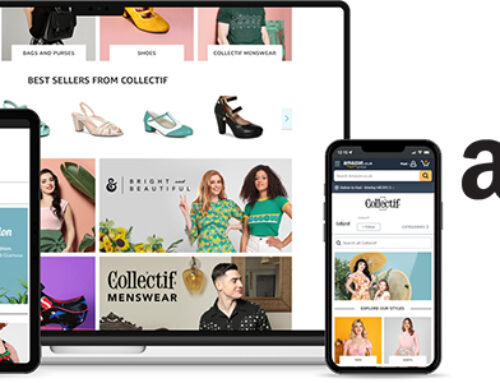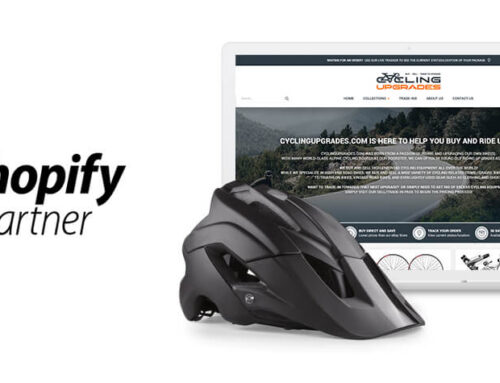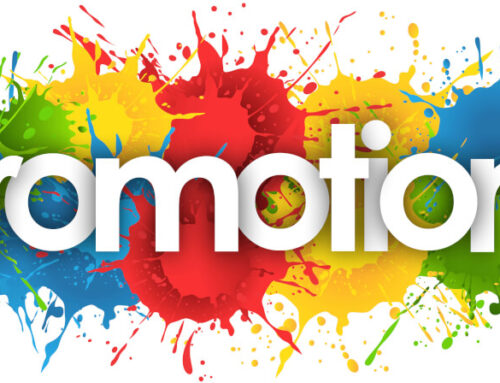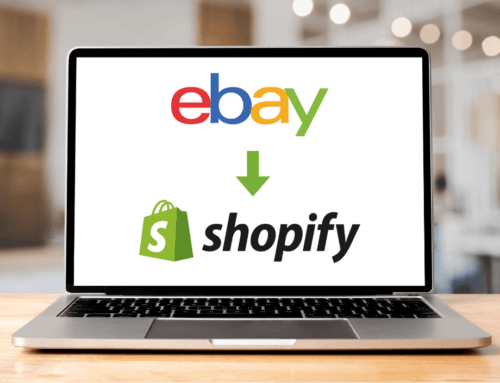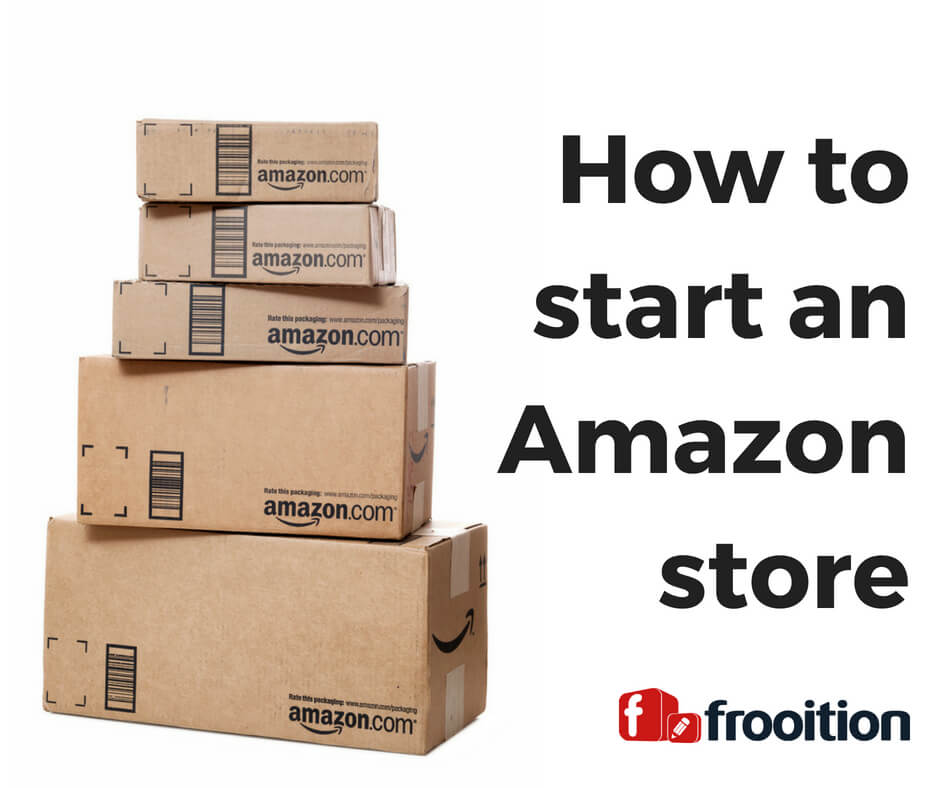
Amazon is an e-commerce superpower, achieving sales revenue of $177.87 million in 2017, and a total of 562,382,292 products in stock as on Jan 10th, 2018. This post is going to show you exactly how to start an Amazon store, how to set up Amazon fulfillment (FBA) and give advice on what to sell on Amazon.
- Becoming an Amazon seller
- Fulfillment by Amazon
- Finding what to sell on Amazon
- Go Branded! – Become an Amazon brand Registry seller with your own design
Become an Amazon Seller
If you want to start an Amazon store, your first step is to sign up as an Amazon seller. Signing up is a simple process. Just click one of the links below and follow the instructions on the screen.
Become a seller on Amazon.com.
To start an Amazon store you can open a seller account either as a business or as an individual. Business accounts pay a monthly subscription fee but have a different selling fee structure to individual sellers, so anyone selling in volume saves money by selling on Amazon as a business. For UK sellers who want to sign up as a business membership for Amazon’s seller program costs £25 (around $30, AU$42) excluding VAT per month. You can choose to sell on either Amazon UK alone or (if you’re willing to deal with international postage and possible customs and duty issues) on all five of Amazon’s primary European marketplaces. Selling fees are applied after this monthly membership fee. Sellers who plan on selling less than 35 items a month can sign up as an individual seller and pay no subscription fee. Individuals sell for £0.75 per item, paying only when they sell.
For sellers in the US, subscription fees for a business seller are $39.99 a month, plus selling fees. Individual Sellers selling less than 40 items a month pay $0.99 per sale, plus selling fees.
Fulfillment by Amazon
Fulfillment by Amazon (FBA) takes away the responsibility of fulfillment for retailers who want to start an Amazon store. You send your products to Amazon, they store your products for you and do all of the work picking, packing and shipping them out to customers.
Sellers using Amazon’s fulfillment service have to a pay stocking fee for each individual item they wish to sell. This fee can range from 60p to over £4.50 depending on the size of the item. Storage fees are also applied on top of this.
FBA may not be the cheapest service, but it is growing fast, and that’s due to a powerful hidden advantage that you should know before you start an Amazon store; your potential customers more are likely to purchase an item fulfilled by Amazon.
When you use Fulfillment by Amazon, your items become Prime eligible. Customers who are Prime members are far more likely to buy a product with FBA because they know the item will get their item within two days. Even if the customers who are not Prime members are more likely to trust items fulfilled by Amazon. Customers trust Amazon delivery. Prime customers also know they won’t incur any additional shipping costs on a combined order. These two factors are very powerful when it comes to increasing sales on Amazon.
For businesses looking to start an Amazon store, fulfillment by Amazon is a great opportunity as it makes it easier than ever for you to build your business without having to worry about the logistics of warehouses, packaging materials, couriers and so on.
Find What to Sell
The most popular way to sell on Amazon is private labeling. You establish your own brand or label, apply it to your product and sell it on Amazon. Ordering private label products may require significant initial stock investment, but if you’re looking to build an asset that can later be sold, then this is the direction you want to go in.
Before you start an Amazon store it is important to do Amazon specific product research and to know the popularity of the category you are looking to enter.
The Amazon Seller app is free and gives details on the selling price and fees, along with a few other details, of every product that is available on their website.
If a product is already sold on Amazon, study the product reviews. If you can find a product that customers like, but that you can also improve upon or sell at a better price, you’ll have struck gold.
Amazon favors stable sellers who stay in stock, have a healthy inventory and can keep up with the demand that winning the Buy Box creates, and you can’t make money if you don’t have products in stock. So the time delay between the placement and delivery of the order needs to be as short as it can possibly be. Reliable suppliers are essential to Amazon success.
Start to Scale your Amazon Store
-
-
- Improve your Best Sellers Rank. BSR is an important metric for both your customers and your sales. This is also a key factor in valuation if you ever want to sell your business. Potential buyers will want to see steady growth in your BSR rank over time.
- Increase your product offerings. You will need to do proper research for every new product offering you create. Having more products can reduce the risk of your business becoming dependent on just one product.
- Build your brand page. As you continue to expand your private label product offerings, you’ll want to build a professional, dedicated site for your business within Amazon. This gives you another way to market your products, and can also make your business attractive to potential buyers. Frooition creates custom Amazon store designs for sellers who are on the Amazon brand registry.
-

